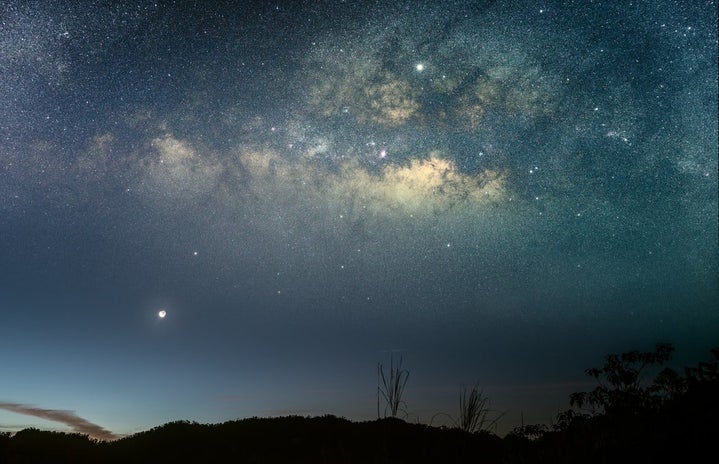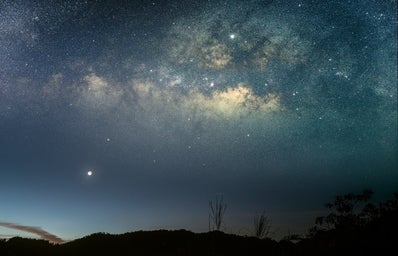As spring approaches, so does the stargazing season. In early February, Comet C/2022 appeared in the night sky. If you couldn’t catch it, do not fret! There will be many other opportunities to see unique celestial wonders. Here are five dates I’m excited about that you can put on your calendars now!
April 15th-29th:
The Lyrid Meteor Shower will be visible in the night sky from mid-to-late April. This shower is one of my favorites to watch because of the frequency of the meteors; I’ve seen 50-100 at the shower’s peak. Plus, since April is in spring, it has perfect meteor shower-watching weather. So make sure to head out onto the Quad with your friends on clear nights during these weeks to catch a glimpse!
July 14th-September 1st:
The Perseid Meteor Shower will be appearing in the night sky for most of the last half of summer. The Perseids will reach its peak from August 1st-2nd, so expect to see 50-100 meteors per hour. This will be something great to look for in the sky on clear summer nights. During the past few Augusts, I’ve loved lying on the beach late at night and being able to look out for shooting stars!
August 31st:
On the last day of August, look outside to see the only blue supermoon of the year! The moon will be the closest to Earth in its orbit and will be making its second appearance of the month. While blue moons aren’t actually blue, they don’t often occur, which makes them one of my favorite lunar events to observe. Since this one is also a supermoon, it will seem extra giant in the night sky. It will be hard to miss!
October 28th:
I love all moon-related activity; so thankfully Baltimore may catch a glimpse at moonrise during this year’s lunar eclipse. Lunar eclipses occur when the earth creates a barrier between the sun and the moon. It creates a fantastic show that is always great to try to catch. This eclipse will occur during the day, between 3:30 p.m. and 6:30 p.m. Try to catch it if you get the chance– I know I will!
November 19th-December 24th:
The last meteor shower of the year is the Geminids. When I’ve observed this shower, the meteors have been fast-moving and shooting across the sky. The best time to view is between extremely late at night and early in the morning. If you live somewhere darker, make a note to look out for them when you go home for Thanksgiving and finish finals!
I hope you’re able to catch a few of these events! If you do and take any pictures, make sure to tag our campus chapter on Instagram, @hcatlum! Happy stargazing!


